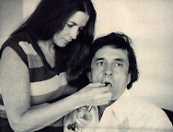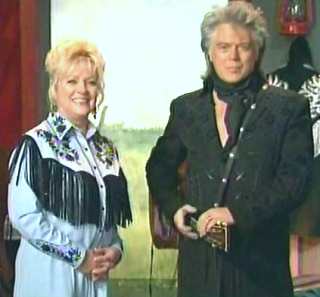

Stuart first visited Pine Ridge Reservation as a member of Johnny Cash's band when they played a concert there. "He was probably as close as one could be to being an Indian without actually being a blood Indian," says John Carter Cash of his father in an interview from Nashville where he lives.

Stuart covered one of Johnny Cash's songs, "Big Foot." While Stuart was once Cash's son in law (Stuart married and eight years later divorced Cindy Cash, Johnny's daughter), the producer of "Badlands" was John Carter Cash, the only child of Johnny and June Carter Cash. The album explored the difficulties Native Americans faced.Īnd there is a connection between the two albums. Stuart says on his web site that if "Badlands" "has a grandfather," it is Johnny Cash's "Bitter Tears: Ballads of the American Indian," which Cash put out in 1964.

Stuart has been going to the Badlands region of South Dakota where the Lakota live for about 20 years. Stuart opts for a country sound, which tends to be acoustic based with Native American influences such as drums. Musically, Stuart uses his backing band the Fabulous Superlatives consisting of monster guitarist Kenny Vaughan, veteran drummer Harry Stinson and bassist Brian Glenn. Perhaps most poignant is "So You Want to Be an Indian" on which Stuart sings, "So you want to be an Indian/.But if you want a taste of hell on earth/come hang around with me." The songs tackle a number of political issues. "Badlands" looks back on the history of the tribe, including the Battle of Little Big Horn, along with current issues such as casinos on reservations. The disc includes several instrumentals and a wordless song, "Hotchkiss Gunner's Lament," featuring Connie Smith, Stuart's wife. Stuart indicates he knew no bounds in putting the album together, "If I could think it up, I could record it." "I fell in love with the Lakota people," says Stuart during a question-and-answer session in Nashville, explaining the genesis of "Badlands." Looking ahead, Stuart is putting out "Live at the Ryman" in February 2006, a bluegrass album recorded at the Mother Church of country music, a recording not even expected to see the light of day.
#Cindy cash and marty stuart series#
In October, he referred back to his great interest in Native American culture with "Badlands," a series of 13 songs devoted to Native Americans. As if to prove he still has something left in the tank, Stuart also explores different types of music and themes on each album.Īt the end of August, he released "Soul's Chapel," a gospel-based disc recorded with the likes of Mavis Staples aboard and influenced by The Staples. In fact, Stuart is in the midst of releasing three albums in less than six months, all on his own label through Universal South Records. Nor is he the type of musician to put his finger in the air and follow what may seem commercially viable at the moment. Marty Stuart can't be accused of sitting on his duff at this stage of his career, letting his creative juices fall by the wayside and living on past laurels.


 0 kommentar(er)
0 kommentar(er)
